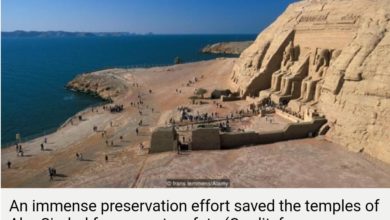
Egypt’s largest temple complex, Karnak was the Vatican of its day. Ten cathedrals could be stuffed inside the space, which covers more than 2 sq km and contains multiple temples, timeworn houses and a sacred pool for offerings and sacrifices. Some visitors never make it past the gargantuan Temple of Amun-Ra, the terrestrial ‘home’ of the king of the gods and father of the pharaoh, which sprouts with a forest of 10m-tall, hieroglyphic-covered columns (indeed, some might still be lost within this playground prime for playing hide-and-go-seek). But there’s plenty more to explore, though some areas are still being excavated.
Karnak’s secret lies at its entrance, and it’s tempting to rush straight past the bland, undecorated walls to explore the treasures within. Over a span of 1500 years, Karnak was constructed, chopped, changed, razed and rebuilt by 30 pharaohs. The farther back you walk into the complex, the further back in time you travel, making the area that you first enter comparatively new. So new in fact, that construction was never completed, and the remnants of the mudbrick ramps that workers used to assemble this gateway still lie there waiting to be used millennia later.




